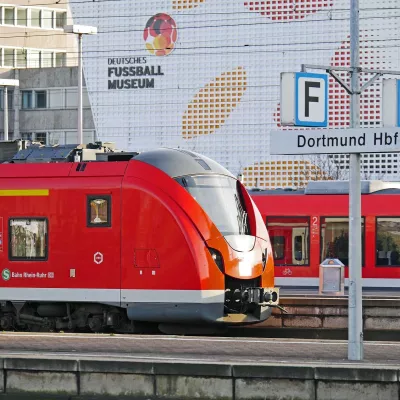
Guide to Railway and Urban Transport in Germany: Tickets and Tariffs
- Railway transport
- Types of railway transport tickets
- Urban transport
- Types of urban transport tickets

Germany is known for its extensive and well-developed railway network, covering the entire country and connecting it with neighboring states. The key operator is Deutsche Bahn, offering a wide range of services and ensuring efficient and comfortable travel.
Types of Trains:
Germany actively explores and implements innovations in the railway industry, especially in the field of sustainable development.
Environmental Innovations:
Technological Enhancements:
These initiatives underscore Germany's commitment to creating a more sustainable and innovative railway system, making it a leader in environmentally friendly transportation.
1. Buying Tickets:
2. Types of Tickets:
3. Fare Options:
Urban transport in Germany deserves special attention due to its development, precision, and convenience. It plays a key role in the daily lives of citizens and tourists, providing accessibility and connectivity within cities and their suburbs.
Main types of urban transport:
Integrated transport systems:
Technological innovations:
Sustainability and eco-friendliness:
Single Tickets (Einzelfahrschein):
Day Tickets (Tageskarte):
Weekly/Monthly Tickets (Wochenkarte/Monatskarte):
Group Tickets (Gruppenticket):
Special Offers and Discounts:
We hope this article has helped you better understand how the transportation system works in Germany and provided useful tips for choosing and purchasing tickets. Whether it's a short city trip or a long-distance journey, making the right choice of transportation and ticket will make your travel in Germany much more comfortable and worry-free.
Result (48):